Share this Video – Spread Learning
Link to share: https://youtu.be/J6fvFNZeAFU
NEET and AIPMT Solutions – Gravitation – 2013 to 2017
Q01 – NEET 2013 – 00:08 – 04:36
Q02 – NEET 2013 – 04:37 – 09:48
Q03 – AIPMT 2014 – 09:49 – 13:54
Q04 – AIPMT 2014 – 13:55 – 20:01
Q05 – AIPMT 1 2015 – 20:02 – 26:14
Q06 – AIPMT 1 2015 – 26:15 – 31:24
Q07 – AIPMT 2 2015 – 31:25 – 35:37
Q08 – AIPMT 2 2015 – 35:38 – 41:00
Q09 – NEET 1 2016 – 41:01 – 44:44
Q10 – NEET 1 2016 – 44:45 – 47:55
Q11 – NEET 2 2016 – 47:56 – 52:27
Q12 – NEET 2 2016 – 52:28 – 55:22
Q13 – NEET 2017 – 55:23 – 58:15
Q14 – NEET 2017 – 58:16 – 59:45
Q01 – NEET 2013 – A body of mass ‘m’ is taken from the earth’s surface to the height equal to twice the radius (R) of the earth. The change in potential energy of body will be :
Q02 – NEET 2013 – Infinite number of bodies, each of mass 2 kg are situated on x-axis at distance 1m, 2m, 4m, 8m, …., respectively, from the origin. The resulting gravitational potential due to this system at the origin will be:
Q03 – AIPMT 2014 – A black hole is an object whose gravitational field is so strong that even light cannot escape from it. To what approximate radius would earth (mass = 5.98 × 1024 kg) have to be compressed to be a black hole?
Q04 – AIPMT 2014 – Dependence of intensity of gravitational field (E) of earth with distance (r) from centre of earth is correctly represented by:
Q05 – AIPMT 1 2015 – Kepler’s third law states that square of period of revolution (T) of a planet around the sun, is proportional to third power of average distance r between sun and planet i.e., T2 = Kr3 here K is constant. If the masses of sun and planet are M and m respectively then as per Newton’s law of gravitation force of attraction between them is F = GMm/r2 here G is gravitational constant. The relation between G and K is described as:
Q06 – AIPMT 1 2015 – Two spherical bodies of mass M and 5M and radii R and 2R are released in free space with initial separation between their centres equal to 12 R. If they attract each other due to gravitational force only, then the distance covered by the smaller body before collision is :
Q07 – AIPMT 2 2015 – A satellite S is moving in an elliptical orbit around the earth. The mass of the satellite is very small compared to the mass of the earth. Then,
(A) the acceleration of S is always directed towards the centre of the earth.
(B) the angular momentum of S about the centre of the earth changes in direction, but its magnitude remains constant.
(C) the total mechanical energy of S varies periodically with time.
(D) the linear momentum of S remains constant in magnitude.
Q08 – AIPMT 2 2015 – A remote – sensing satellite of earth revolves in a circular orbit at a height of 0.25 × 106 m above the surface of earth. If earth’s radius is 6.38 × 106 m and g=9.8 m/s2, then the orbital speed of the satellite is :
Q09 – NEET 1 2016 – At what height from the surface of earth the gravitation potential and the value of g are –5.4 × 107 J kg and 6.0 ms–2 respectively ?
Take the radius of earth as 6400 km:
Q10 – NEET 1 2016 – The ratio of escape velocity at earth (ve) to the escape velocity at a planet (vp) whose radius and mean density are twice as that of earth is:
Q11 – NEET 2 2016 – Starting from the centre of the earth having radius r, the variation of g (acceleration due to gravity) is shown by
Q12 – NEET 2 2016 – A satellite of mass m is orbiting the earth (of radius R) at a height h from its surface. The total energy of the satellite in terms of g0, the value of acceleration due to gravity at the earth’s surface, is:
Q13 – NEET 2017 – The acceleration due to gravity at a height 1 km above the earth is the same as at a depth d below the surface of earth. Then:
Q14 – NEET 2017 – Two astronauts are floating in gravitational free space after having lost contact with their spaceship. The two will :
(A) keep floating at the same distance between them
(B) move towards each other
(C) move away from each other
(D) will become stationary
_________________________________________________________________
Visit our facebook page
https://www.facebook.com/coachenggg
Visit our website
https://www.coachengg.com
Visit our youtube channel
https://www.youtube.com/coachengg4u
COACHENGG4U
Follow us on INSTAGRAM
https://www.instagram.com/coachengg
Follow us on Google Plus
https://plus.google.com/+coachengg4u
________________________________________________________________
source


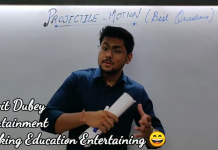
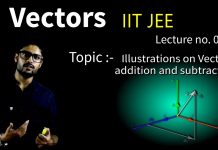
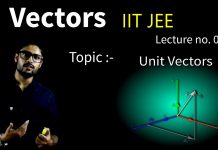



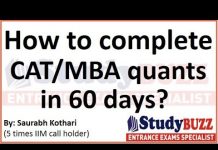
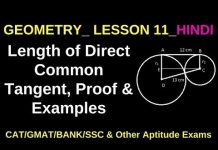

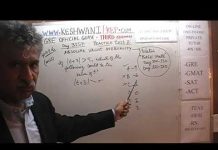

![CY_GATE_2019_PHYSICAL_SPECTROSCOPY_[ELECTRONIC_BASIC]_All IN ONE_[Short_Trick]_2018-19_PART_1ST - Videos](https://trends.edugorilla.com/wp-content/uploads/sites/8/2018/08/cy_gate_2019_physical_spectroscopy_electronic_basic_all-in-one_short_trick_2018-19_part_1st-218x150.jpg)



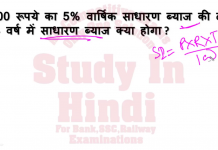
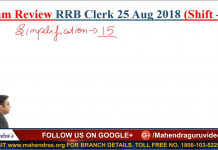
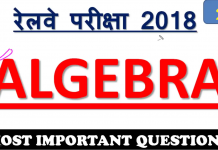
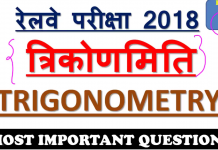
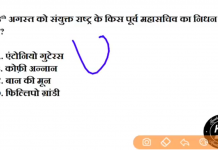
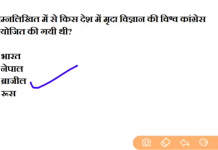
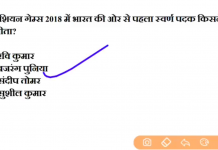





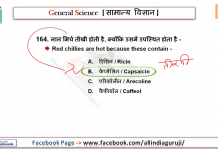


![24 August 2018 – The Indian Express Newspaper Analysis हिंदी में – [UPSC/SSC/IBPS] Current affairs - Videos](https://trends.edugorilla.com/wp-content/uploads/sites/8/2018/08/a520-218x150.png)
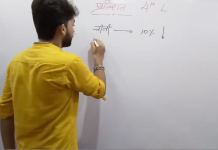



Thanks sir
thank u soooooooo much sir 🙂 🙂
thanku so much this really help me
sir,please aiims ka banaiye na!!!!!!!!!!!
superb explanation sir….. really u r great sir?
Thanku very much Sir
Sir plse Aiims physics ka analysis kijiye na ek video mai.!!!!!!Plzzzz
Cool☮️⚛️⚛️⚛️⚛️⚛️⚛️⚛️⚛️⚛️⚛️⭕
Sir please jee main Kay lia bi kuch aasi videos banao
Thank you thank you thanku
We need JEE rotation !
Sir 11th cls ka student kaise gravitation chapter k numerical problem ko solve kre plz sir Ek video bna do plz sir plz & concept kaise samjhe & gravitation chapter k total formule bhi bta do sir direvation to rat jate h but Ye numerical Nhi ho pa rahi sir jii. Mere pass error less uss book h but uski numerical Nhi ho rahe pta Nhi kya concept used Ho raha h unme plz sir aapki videos both helpfull h hamare liye plz sir plz. & Aur chapter k uper bhi videos uplode kr dejey plz sir
Totally awesome
JEE please upload
sir plz upload the same kind for jee aspirants too…
Sir this channel's name is COACHENGG.. please do not forget jee advanced…
Please upload more videos of other chapters as soon as possible……. Thanks bhai…
Sir mains walo ne kaunsa paap krdiya
Thanx a lot sir…I really needed them…
sir jee mains gravitation question
Sir I am finding problem in preparation of rotation…I fear from the chapter ??sir plz make topic wise videos in rotation… Do make a video on previous year questions of iit and medical to boost our concepts
Thankuu very much sir
Thanx sir